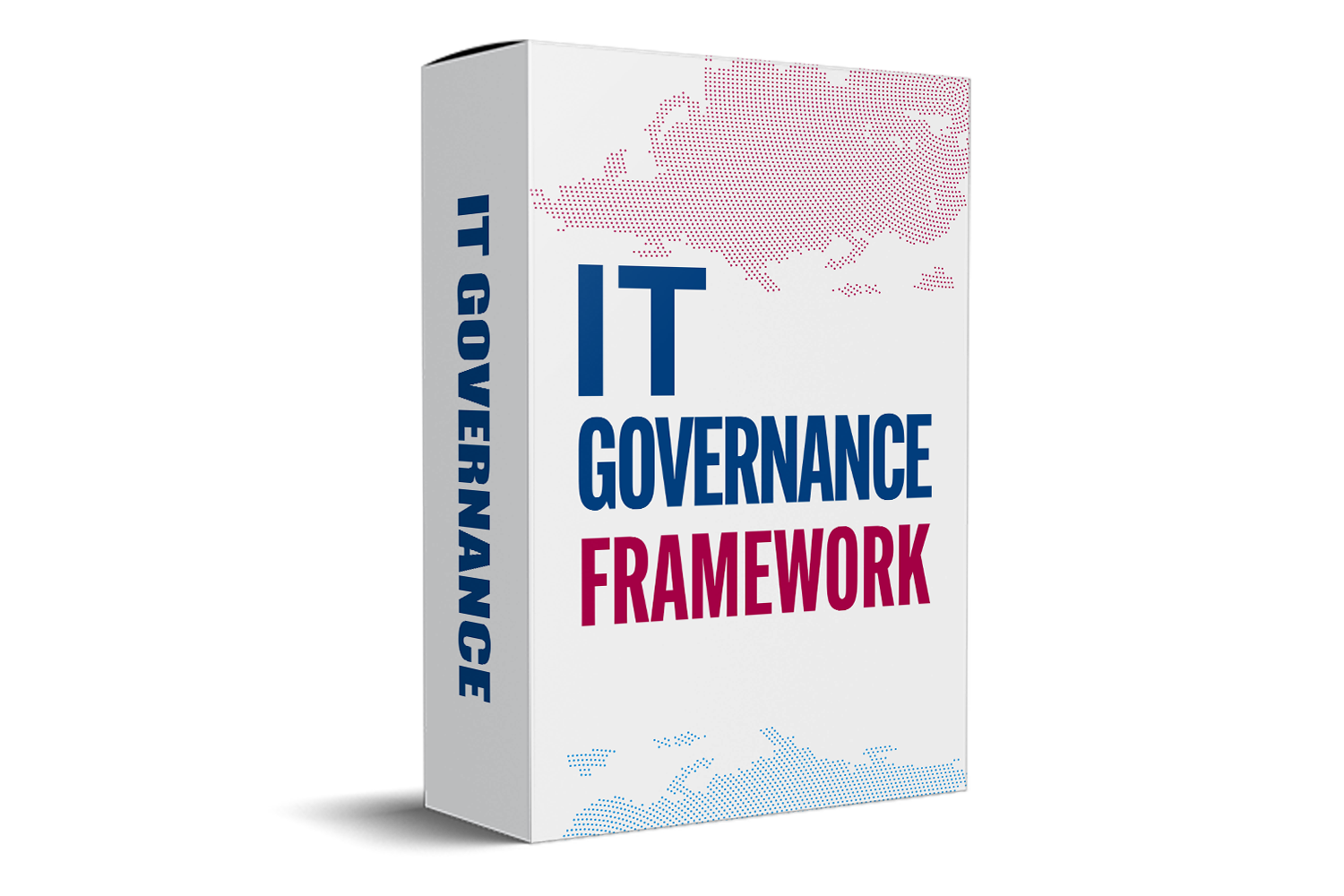What Is MoV In Project Management?
MoV, or Management of Value, is a structured approach within project management that focuses on ensuring that a project delivers the maximum value for the investment made. It emphasizes the relationship between benefits and costs, encouraging project managers to optimize the value of a project throughout its lifecycle. By applying MoV principles, organizations can enhance decision-making processes and prioritize initiatives that yield the highest return on investment.

Importance Of MoV In Project Management
1. Alignment With Stakeholder Needs: One of the primary aims of MoV is to align project activities and outcomes with stakeholder expectations. By engaging with stakeholders early and throughout the project, project managers can better understand their needs and refine project deliverables accordingly. This alignment helps enhance stakeholder satisfaction and ensure that the project meets its intended objectives.
2. Focus On Value Delivery: Traditional project management approaches often emphasize simply delivering projects on time and within budget. In contrast, MoV emphasizes the value delivered by these projects. By continuously evaluating the value throughout the project execution, project managers can identify areas for improvement, potential cost savings, and innovative solutions that maximize overall value.
3. Risk Management: Effective risk management is crucial in project management, and MoV supports this by enabling project teams to prioritize and assess risks relative to the value they may affect. By establishing a broad understanding of what constitutes value, project teams can develop risk mitigation strategies that are not only reactive but also proactive, ensuring that potential threats to value delivery are addressed early on.
4. Resource Optimization: MoV encourages resource optimization by aligning resources towards value-adding activities. By identifying processes or elements within the project that do not contribute to value creation, project managers can reallocate resources more effectively, reducing waste and improving overall project efficiency. This optimization leads to cost savings and improved project outcomes.
5. Continuous Improvement: The MoV approach is inherently iterative, promoting a culture of continuous improvement. By regularly assessing project activities against value criteria, teams can learn from each phase of the project, apply lessons learned, and innovate solutions that enhance value delivery in current and future projects. This iterative cycle fosters a mindset devoted to excellence and adaptation in project environments.
Implementing MoV In Your Projects
To successfully implement MoV in your project management practices, consider the following steps:
1. Engage Stakeholders: Collaborate with stakeholders to define and prioritize their values and what success looks like for the project.
2. Regularly Review Project Performance: Establish processes for continuous review and adjustment based on performance metrics related to value delivery.
3. Train Project Teams: Equip project teams with the knowledge and tools required to understand and apply MoV principles effectively.
4. Foster A Value-Focused Culture: Promote a culture that values innovation, collaboration, and accountability towards value delivery throughout the project lifecycle.
Benefits Of Using MoV In Project Management
- Value Maximization: One of the key benefits of using MoV in project management is the emphasis on maximizing value. This approach helps project managers identify the optimal balance between cost, time, quality, and performance, ensuring that projects deliver the highest possible return on investment. By focusing on value throughout the project lifecycle, organizations can avoid wasteful spending and inefficient resource allocation.
- Stakeholder Engagement: MoV encourages active engagement with stakeholders at all levels. By understanding the needs and expectations of stakeholders, project managers can better align project objectives with their interests. This enhanced engagement fosters collaboration and facilitates more informed decision-making. Ultimately, increased stakeholder satisfaction leads to stronger project outcomes and can be pivotal for future project success.
- Operational Efficiency: Implementing MoV enhances operational efficiency by streamlining processes and improving resource utilization. Project managers are equipped to assess which activities provide the most value and which can be modified or eliminated. This leads to quicker project delivery times and a reduction in unnecessary costs. In turn, it allows teams to focus on strategic activities that contribute to long-term business value.
- Risk Mitigation: The MoV methodology offers a structured framework for identifying and managing risks effectively. By analyzing potential impacts on project value, managers can anticipate challenges and develop strategies to mitigate them. This proactive approach ensures that risks are not only acknowledged but are also managed in a way that protects project value and enhances decision-making.
- Improved Decision-Making: With its focus on value, MoV enables better decision-making throughout the project lifecycle. By providing tools and techniques to evaluate value for money, project managers can make informed choices regarding scope changes, resource allocation, and project improvements. This data-driven approach minimizes guesswork and enhances the overall quality of decisions made during project execution.
- Performance Measurement And Improvement: MoV facilitates the establishment of performance metrics that are aligned with value outcomes. By measuring key indicators, project managers can assess the effectiveness of project execution and identify areas for improvement. Continuous performance measurement enables organizations to refine their processes, thereby promoting a culture of ongoing improvement that contributes to long-term success.
Conclusion
In summary, the Management of Value (MoV) is an essential practice within project management aimed at maximizing project returns while minimizing costs. By systematically analyzing factors such as stakeholder expectations and resource allocation, organizations can significantly improve their project outcomes. As the field of project management continues to evolve, embracing MoV principles will be critical for achieving strategic objectives and maintaining a competitive edge.



